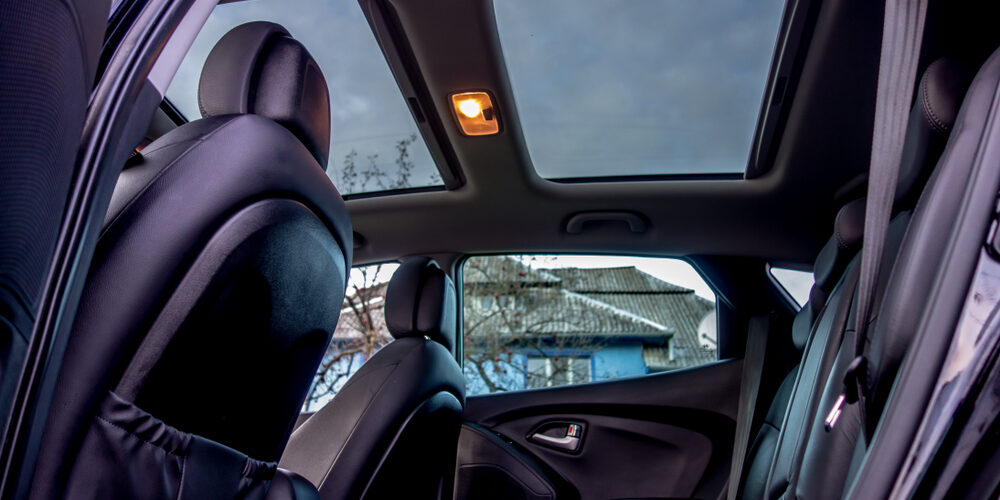A 20% window tint, which blocks 80% of visible light from entering the vehicle, strikes a balance between privacy and sun protection while maintaining a degree of visibility. Drivers often wonder about the impact of such tint levels on nighttime visibility. Understanding the implications of a 20% tint can help vehicle owners make informed decisions tailored to their needs and driving habits.
The Impact of 20% Tint on Nighttime Visibility
Reduced Visibility
- Moderate Reduction – A 20% tint does reduce visibility compared to untinted windows, especially in low-light conditions prevalent at night. This reduction can affect a driver’s ability to perceive and react to road hazards, pedestrians, and other vehicles.
Safety Considerations
- Potential Risks – While not as severe as darker tints, the visibility reduction with a 20% tint still poses potential safety risks, necessitating extra caution during nighttime driving.
- Adjustment Period – Drivers may experience an adjustment period as they become accustomed to the reduced visibility, particularly if transitioning from a lighter tint or no tint at all.
Legal and Regulatory Aspects
- Varying Laws – Note that window tinting regulations differ by location, with some areas allowing a minimum of 20% VLT (Visible Light Transmission) for side windows. Always verify local laws to ensure compliance and avoid fines.
Benefits and Trade-offs
UV Protection and Privacy
- Enhanced Privacy – A 20% tint provides a significant level of privacy, deterring prying eyes from seeing inside the vehicle.
- UV and Heat Reduction – Such tint levels effectively block UV rays and reduce heat build-up inside the car, contributing to comfort and protection from sun damage.
Considerations for Drivers
- Driving Habits – Evaluate your driving conditions and habits, particularly if you frequently drive at night or in areas with limited street lighting.
- Vehicle Type – The impact of tint on visibility can also vary depending on the vehicle type and the size of its windows.
Alternatives and Solutions
Choosing the Right Tint
- Balancing Needs – Consider lighter tint options if nighttime visibility is a major concern, or consult with a professional to find the right balance between visibility, privacy, and UV protection.
Enhancing Nighttime Visibility
- Improved Lighting – Upgrading to better-quality headlights can enhance visibility at night, compensating for the reduced light transmission through tinted windows.
Professional Installation and Advice
- Expert Guidance – A professional window tinting service can offer personalized advice based on your specific needs, driving habits, and legal considerations, ensuring optimal results.
While a 20% window tint offers several benefits, including privacy and protection from UV rays, it does moderately impact nighttime visibility. Drivers should carefully consider their driving conditions, legal restrictions, and personal preferences before opting for this level of tint. Making an informed decision, potentially with professional guidance, can help maximize the benefits of window tinting without significantly compromising safety and visibility after dark.






